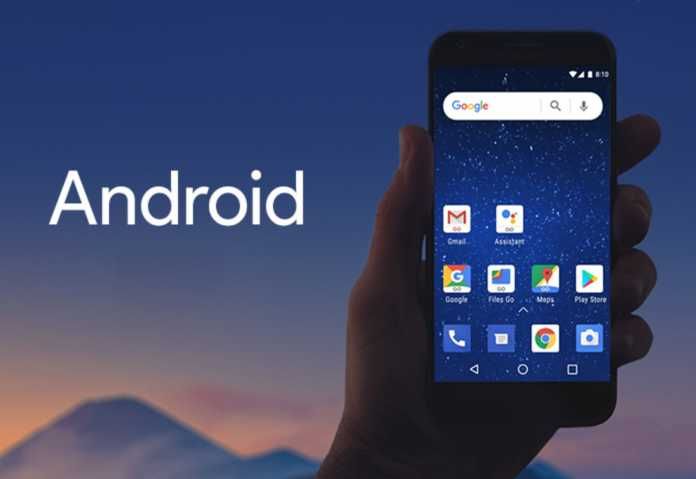Google has lately invested heavily in several programs aimed at lowering the price of entry-level Android smartphones by reducing the cost of the parts within them while still providing a smooth experience. The company’s first attempts was the Android One program. Now, both Android One and a newer program called Android Go are the talk of the Android world and confusing some of the users in the process, so let’s explain each and highlight the differences below.
Android One
At launch, Android One was aimed to give a pure Android experience on low-end gizmos. The idea was to have all devices from different OEMs the same in order to resolve two problems: One, having less expensive components thanks to the use of stock Android and the fact that Android One phones would be based on a reference model designed to run the latest version of Android smoothly.
The second and perhaps the paramount problem that the Android One program was meant to address was: Because the phones run stock Android with heavy involvement from Google, updates happen much faster than the normal Android phones like the phones from Samsung, or LG flagship phones coming in around the time the Pixel lineup received updates.
Now even after launch, it seemed one of the aim was not fulfilled — the price of these devices was still fairly high due to heavy resources required by the Android system. For all intent and purposes, Android One is no different to regular Android at its core, devices with modern displays were required to have over 1GB of RAM, among other mid- to high-end hardware requirements. This meant the minimum cost for an Android One phone was still too high for many families in emerging markets like Africa and India.
Android Oreo (Go edition)
Android Oreo (Go edition) is the hot new thing on the block, and its an optimized version of Android 8.1 Oreo designed to run on devices with 512 MB to 1 GB of RAM. What Google done is to use a similar Android core in conjunction with new lightweight version of Android apps, and in the process able to lower the resources needed across the board.
In other words, unlike Android One, Android Go is a modified version of Android specifically built to run on low-end hardware. But it isn’t just the operating system that got a revision.
Apps are the main way consumers interact with their phones, and Google has figured that out. This means that, it is not useful to optimize the OS alone, if the individual apps need a high amount of resources, phones with low-end hardware would still be crippled.
Google thus decided to redesigned all their suite of apps for Android Go. Apps such as YouTube, Maps, Gmail, Assistant, Messages, Files, Camera, and many others all have Go versions that run smoothly on these devices. So what happens to other apps on the Play Store? The Play Store on Android Go phones will promote “lite” versions of apps more so users can avoid installing high-resource apps (although the entire Play Store is available, meaning all regular Android apps can still be installed).
In order to spread more “Go” love, Google has also opened up the Go platform to third-party app developers to create their own lightweight apps. Skype and Instagram have already joined the “Go” bandwagon with their own editions of their apps.
So which devices have Android Go
While the first wave of Android Go devices have not meet Google’s UGX 110,000 price point, they are much more affordable than before the program at about UGX 330,000.
Android Oreo (Go edition) could potentially be one of the most important intiatives for Android. With approximately 6 billion people in emerging markets, the continuing growth of Android adoption will require addressing the needs of these individuals.
What do you think of Android One and Android Go? Leave us a comment below.


